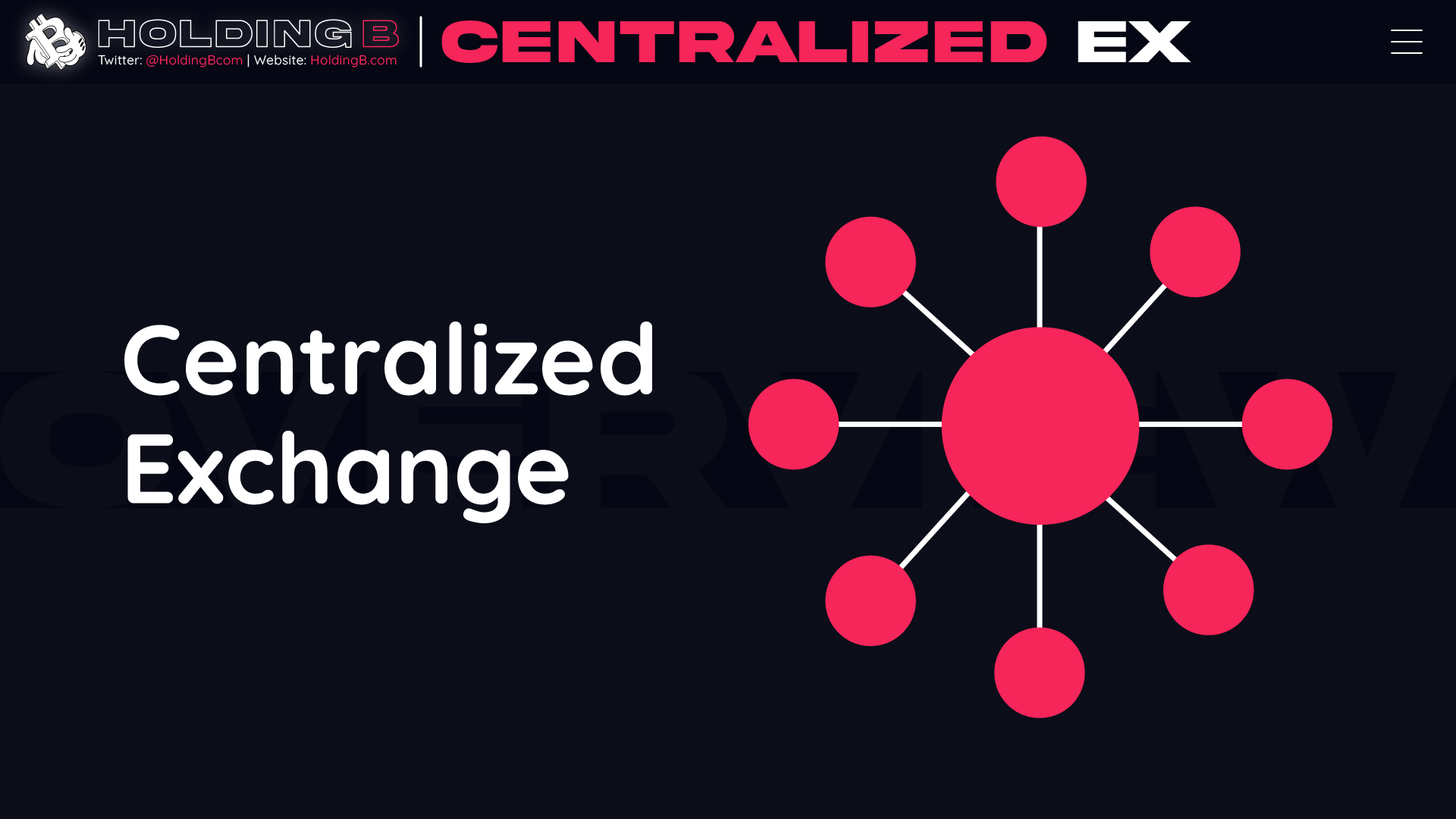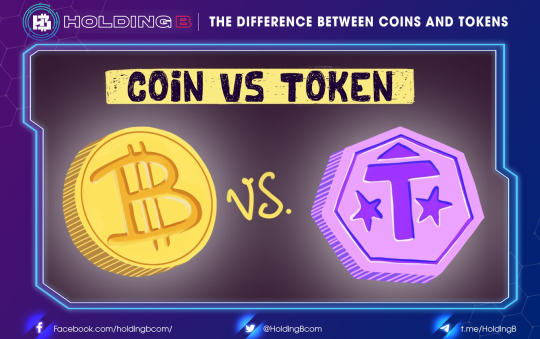For most digital currency investors, the centralized cryptocurrency exchange is one of the most crucial vehicles for transacting. Centralized cryptocurrency exchanges are online platforms utilized to buy and sell cryptocurrencies. They are the most common means that investors use to buy and sell cryptocurrency holdings.
Several investors may find the concept of a “centralized” exchange to be somewhat misleading because digital currencies themselves are often billed as “decentralized.” What does it mean for an exchange of this type to be “centralized”? Why are these exchanges so important for the cryptocurrency industry’s success as a whole? The article will discuss some main points of the Centralized Exchange (CEX).

WHAT IS CEX?
Centralized exchanges most commonly facilitate trades between users by maintaining an order book: a collection of buy and sell orders posted by individual traders. These orders are requests to buy or sell a certain amount of a specific cryptocurrency at a certain price. CEXs aggregate orders from their users and then use special software to match and execute the corresponding buy and sell orders.
Moreover, CEX users do not actually exchange crypto or fiat currencies with each other. Instead, when they deposit their funds onto an exchange, the latter takes over the custody of those assets and issues a corresponding amount of IOUs to the trader. The exchange tracks every user’s IOUs internally as they change hands in trades and only converts them into actual currency at the moment of funds’ withdrawal.
As of 2020, CEXs are the most widespread mode of operation for cryptocurrency exchanges with some great advantages. The speed and cost-efficiency of processing transactions by a single point of authority make them a convenient venue for day traders and crypto investors to buy and sell crypto.
However, the reliance of CEXs on a central entity does lead to some drawbacks. To be more specific, centralized exchanges do not show their internal operations to the users, resulting in a shortage of transparency that enables malicious practices such as wash trading and price manipulation.
Furthermore, the fact that they hold custody over users’ assets makes a centralized exchange a lucrative target for potential attackers both from outside and from within the organization. In 2019, over $292 million worth of customer funds have been lost in just the 12 largest CEX hacks.
Technical issues or coordinated attacks can lead to considerable downtime of CEX services, leading to lost trade opportunities for their customers. Additionally, centralized exchanges represent an easy target for government censorship, allowing regulators to freeze and/or seize user funds and force the exchanges’ parent companies to reveal their customers’ personal information.
USE OF THIRD PARTIES
In the term “centralized cryptocurrency exchange,” the concept of centralization refers to the use of a middle man or third party to help conduct transactions. Buyers and sellers alike trust this middle man to handle their assets. This is common in a bank setup, where a customer trusts the bank to hold his or her money.

The cause of this setup is that banks offer security and monitoring that an individual cannot accomplish on his or her own. In the case of a centralized cryptocurrency exchange, the same principle applies. Transactors trust not only that the exchange will safely complete their transactions for them, but also that it will make use of the network of users in the exchange in order to find trading partners.
In the case of cryptocurrencies, which are often stored in digital wallets, an individual can lose hundreds or even thousands of dollars in digital currency holdings simply by forgetting the key to a wallet. An exchange will not allow this to happen, because it safeguards the holdings in place of the individual investor.
DIFFERENCES BETWEEN CENTRALIZED AND DECENTRALIZED EXCHANGES
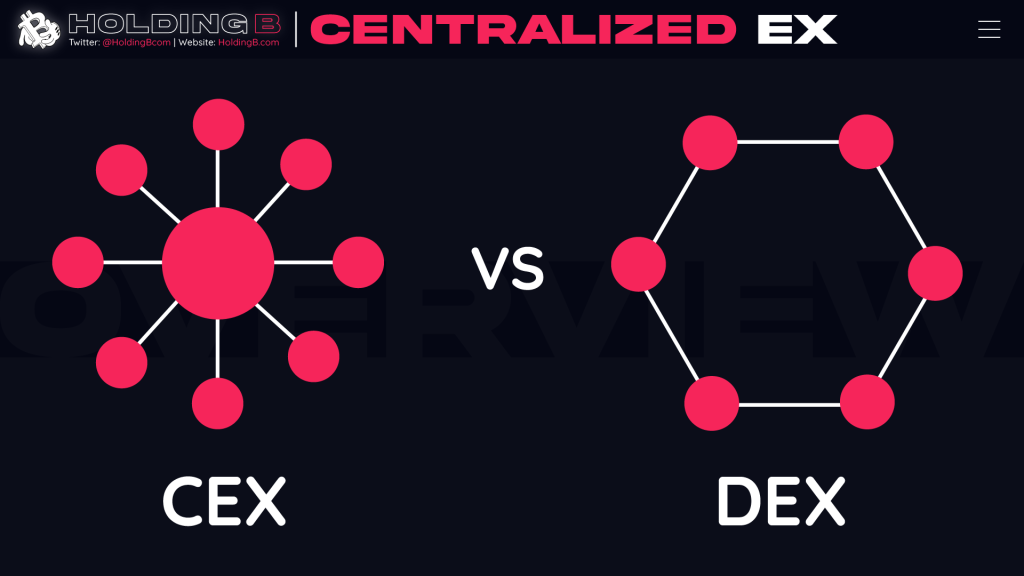
Centralized exchanges can be used to conduct trades from fiat to cryptocurrency (or vice versa). They can also be used to conduct trades between two different cryptocurrencies. While this may seem to cover all of the potential transaction types, there is still a market for another type of cryptocurrency exchange as well.
Decentralized exchanges are an alternative. They cut out the middle man, generating what is often thought of as a “trustless” environment. These types of exchanges function as peer-to-peer exchanges. Assets are never held by an escrow service (, and transactions are done entirely based on smart contracts and atomic swaps.
The crucial difference between centralized and decentralized exchanges is whether or not a middle man is present. Decentralized exchanges are less widespread and less popular as compared with centralized exchanges. Nevertheless, there are more decentralized exchanges all the time, and it’s possible that they will give centralized exchanges a run for their money in the future.
FIAT/CRYPTOCURRENCY PAIRS
It is more common for a centralized exchange to offer cryptocurrency/cryptocurrency pairing at this point. This would allow customers to trade, for example, bitcoin for ether tokens. Fewer exchanges offer fiat currency/cryptocurrency pairs, which would allow, say, bitcoin for USD exchanges.
However, several of the largest cryptocurrency exchanges in the world are those that offer these fiat/cryptocurrency pairs. Part of the reason for this is likely that they serve as a direct access point to the cryptocurrency market.
As many investors are relatively new to investing in digital currencies, they may be more likely to turn to these types of exchanges. Some of these exchanges include Coinbase, Robinhood, Kraken, and Gemini.
KEY ELEMENTS OF CENTRALIZED EXCHANGES
There are new centralized cryptocurrency exchanges all the time. However, not all of them will be successful, and it is not uncommon for these exchanges to fold. The success or failure of an exchange depends on various factors.
One of the key components to success is trading volume. In general, the higher the levels of trading volume, the lower the volatility and market manipulation that’s likely to take place on that exchange. Volatility is an important consideration. Because of the time, it takes for transactions to be completed, the price of a given token or coin can change between the time the transaction is initiated and the time it is finished. The higher the trade volume and the faster the transaction can be processed, the less likely this fluctuation is to be a problem.
Security is another crucial element of a successful centralized exchange. While no exchange is completely immune to malicious activity like hacks, some are safer than others.
The way an exchange reacts to an event such as a hack can be considered as a key element. Some exchanges have worked hard to refund customer losses, while others have been less successful in that regard. Still, others have shuttered as a result of these types of attacks.
TOP 5 REPUTABLE CENTRALIZED EXCHANGE (CEX)
Binance
Binance Exchange is a top-tier trading platform in the current Crypto. Also, Binance is a platform in which a lot of assets are allowed to trade with a quite high volume; therefore, the price difference when trading in large quantities is not much. It is currently the platform with the highest total amount of assets traded per day. Besides spot trading, Binance also supports users to trade leveraged derivatives. In addition, in June 2021, Binance also started to support NFT trading, thereby becoming the first CEX exchange to support the NFT market.
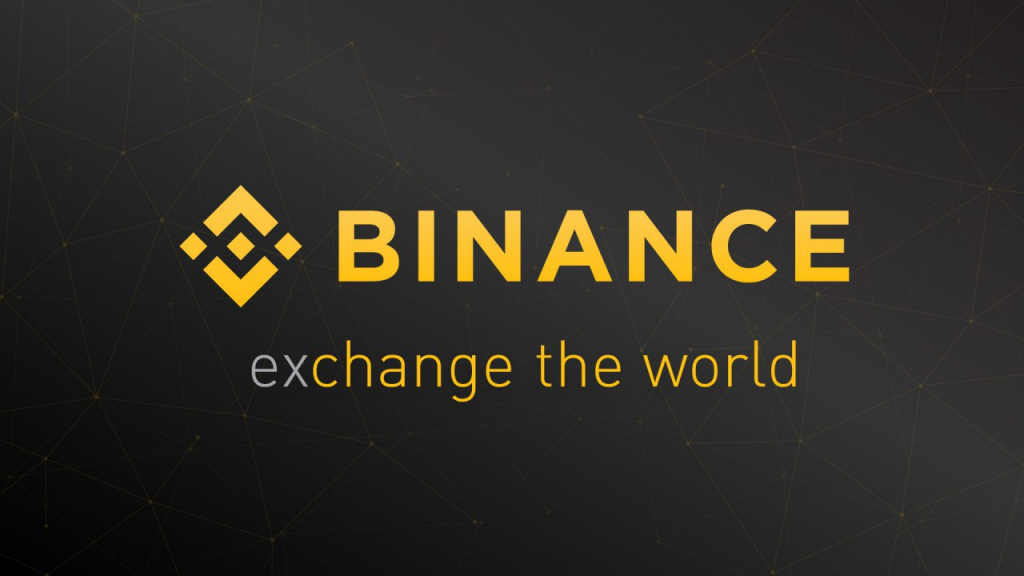
Huobi
After over 7 years of launching, Huobi Exchange is now considered as one of the leading exchanges in China, whose trading volume is also in the top 4. With more than 900 asset pairs being allowed to be traded, Huobi is a place chosen by many traders when it comes to buying or selling tokens.

FTX
Born in 2019, FTX has shown itself to be a force of CEX when the 24-hour trading volume is always in the top 5. Additionally, FTX is operated by Sam Bankman-Fried, who is known as the owner of Alameda Research – one of the Market Makers and a well-known investor of Crypto.
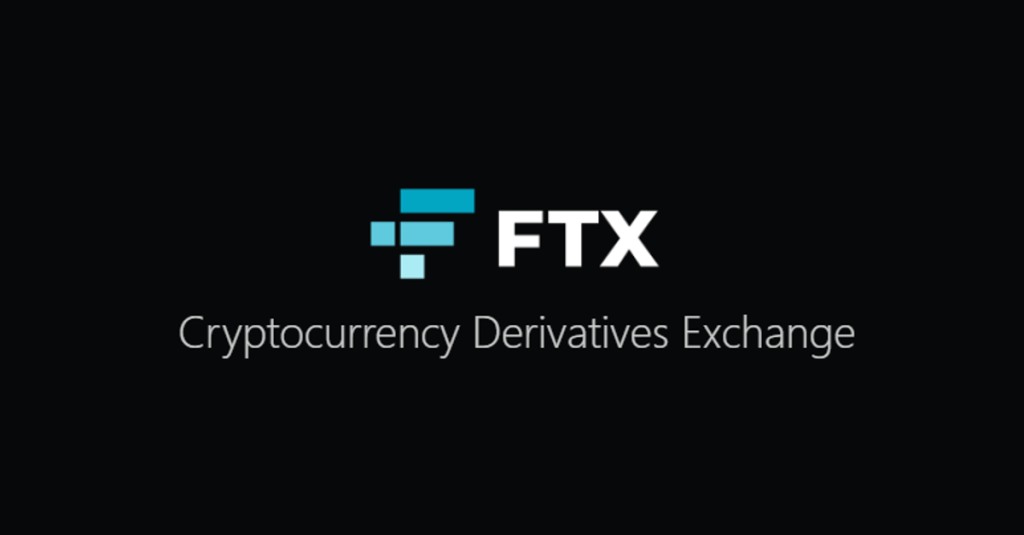
Gate.io
Founded in 2013, Gate.io has strived to provide its users with the best trading experience in the last 8 years. In terms of trading volume, Gate.io is one of the top 10 crypto exchanges in the world listing crypto assets that are great in quality and have a high rate of return.

Kucoin
Like Binance, Kucoin is also an exchange platform from China that was established in September 2017. It has low transaction fees and has integrated Tradingview charts to increase its user experience.

WHAT IS CEX COIN?
CEX coins (also known as CEX tokens) are defined as coins/tokens issued by CEX platforms, for the purpose of serving in that platform’s ecosystem.
Purpose of use of CEX exchange coin
Each trading platform has a different ecosystem, so the needs & purposes of each CEX coin are different. In general, they usually have some of the following characteristics:
- Reduce transaction fees: When users own CEX exchange coins, the exchange will reduce transaction fees when performing transactions. Each exchange will have a different fee reduction policy. Some typical CEX coins are: Binance Coin (BNB), KuCoin Share (KCS), Huobi Token (HT).
- Upgrade to a VIP account: Becoming a VIP account means users will receive some special offers from that CEX platform. For example, both Binance and Okex have this kind of form for their users.
- Profit share from the exchange: This form is almost the same as dividing shares in the traditional market. Users who purchase & hold CEX coins, will be paid part of the exchange’s profits. For example, KuCoin, BitMax, etc.
- Participate in IEO: IEO investment form has blossomed since the beginning of 2019 after 2 very successful projects on Binance, which are Bittorrent (BTT) & Fetch (FET). CEX coins are often used directly to purchase tokens in an IEO project.
- CEX coins are used on the trading platform’s own blockchain: Exchanges are now not only a place to exchange coins. In fact, they are like an ecosystem. To be more specific, some exchanges are now developing their own blockchains. With these exchanges, CEX coins are also used as a coin in that blockchain.
How to invest in a CEX coin?
Depending on the token design in each exchange, the following instruction covers 3 main steps to make money from CEX coins:
- Join IEO on exchanges, use CEX coins to buy IEO investments.
- Invest CEX coins first, when the price increases in IEO, take profits.
- Invest according to fundamental & technical analysis.
Some CEX coins that investors may be interested in BNB, HT, FTT, OKB, BTMX, BTM, KCS, WRX, OCE, GT, BGG, BIX, LEO, MXC, HOO,…
Conclusion
To conclude, a centralized exchange is still the most common means when investors are looking to enter the cryptocurrency space. When selecting an exchange, it is very important to remember the host of factors that will impact user experience, including which pairs are traded, how high trading volume is, and the security measures exchanges have adopted to protect their customers. Furthermore, there are various trading platforms that have their own coins, but not all CEX coins offer good returns. It should be very careful to research before making any investment decision.

